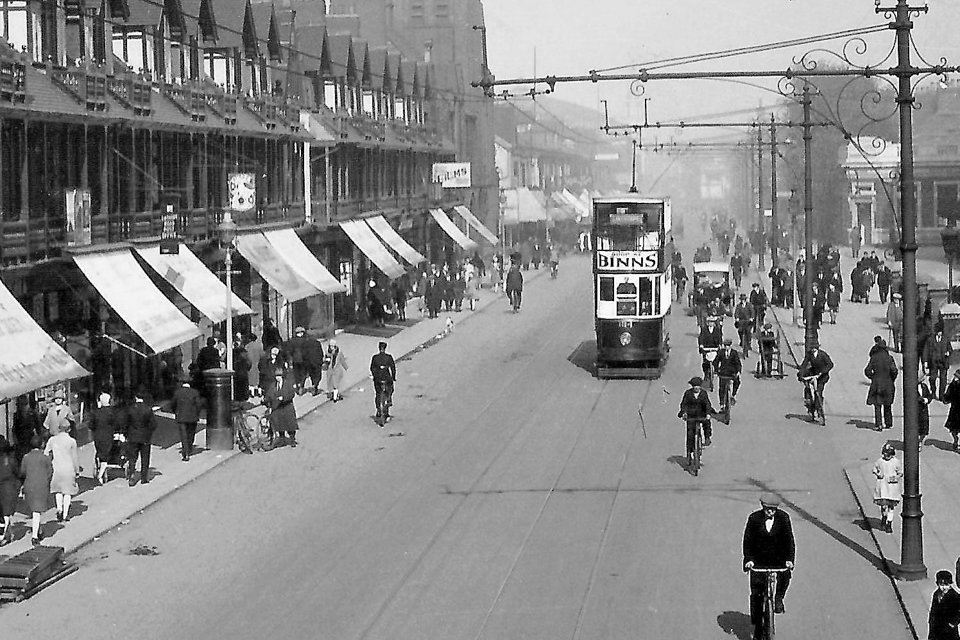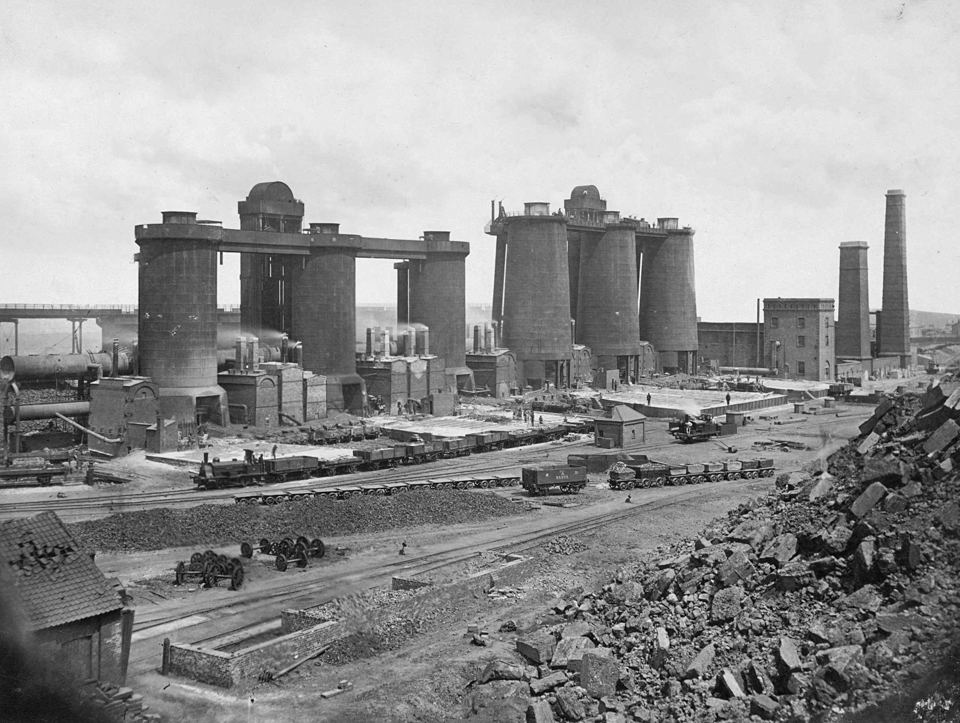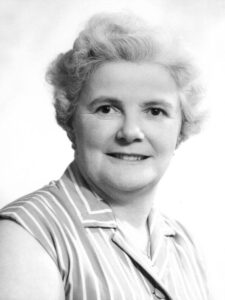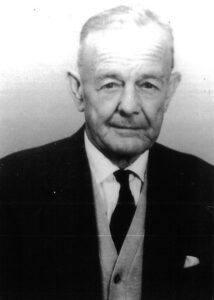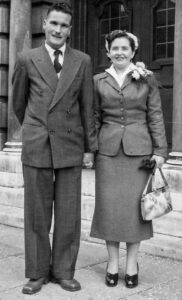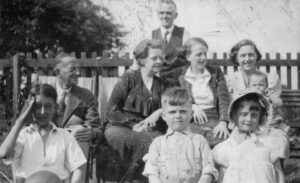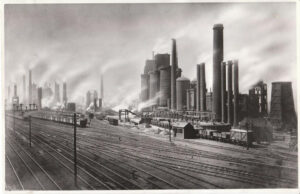The River Tees in England’s northeast winds its way through a valley rich in history and industry. This region, known by various names like Teesside and Cleveland, was once a collection of sleepy settlements before the discovery of iron ore during the Industrial Revolution ignited a dramatic transformation. Blast furnaces soon lined the Tees from Stockton to the river’s mouth and by the end of the 19th century it was producing a third of the nation’s iron output. It is still populated by many heavy industrial plants, although this is much reduced from its 20th century peak.
Stockton and Thornaby
Stockton-on-Tees began as an Anglo-Saxon settlement on the high ground close to the north bank of the Tees. It became a busy little port once canals were cut to straighten the river, while shipbuilding and industries such as brick, sail, and rope making prospered. The Industrial Revolution transformed the town as a centre of heavy engineering and chemicals industries. As Stockton rapidly grew, the ironworks, shipyards, foundries, and workers’ housing spilled onto the opposite bank of the Tees. Initially named South Stockton, this town gradually engulfed a nearby Anglo-Saxon village and in 1892 took its name of Thornaby-on-Tees.
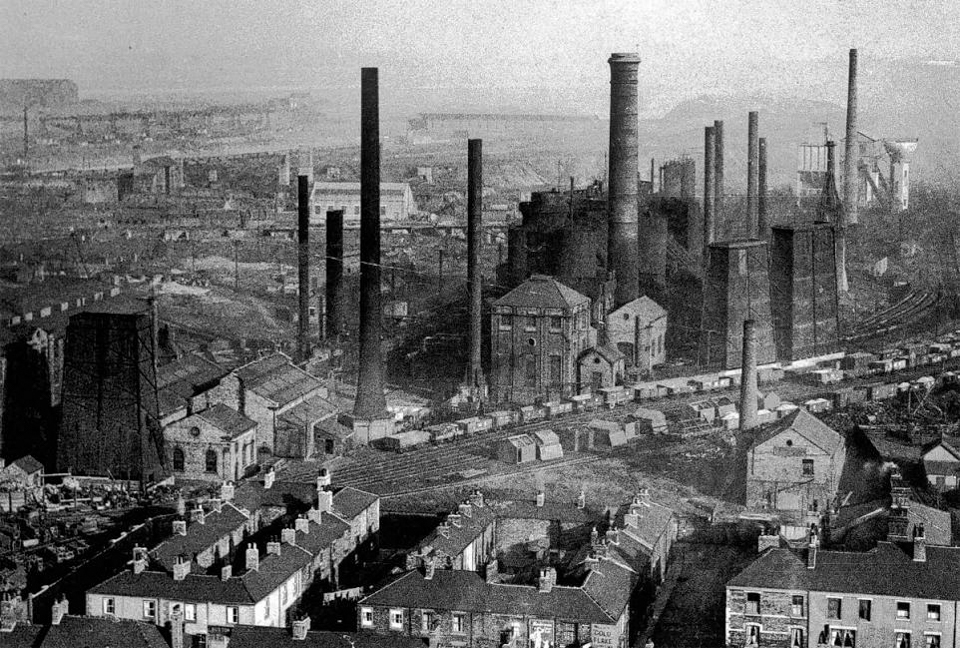
Middlesbrough – the Ironopolis
Six miles downriver, a different story unfolded. Prior to the 19th century, Middlesbrough was a desolate marshland with just a small farmstead of 25 people.
Seeking deeper water for the exports of coal, a group of Quaker businessmen headed by Joseph Pease purchased the land in 1829 and extended the new Stockton and Darlington Railway to reach it. This sparked the birth of Middlesbrough. Businesses quickly bought plots of land and soon shippers, merchants, butchers, innkeepers, joiners, blacksmiths, tailors, builders, and painters were moving in. By 1851 it had replaced nearby Stockton as the main port on the Tees and now had a population of some 7,600.
It was the discovery of iron ore in the nearby hills during the 1850s however that triggered growth so rapid it was unparalleled in England. Iron and steel production became the lifeblood of Middlesbrough. The population quickly swelled as workers flocked from across the country to capitalise on the prosperity offered by this ‘black gold’. By 1861 the population had grown to 19,000, doubling to 40,000 a decade later.
By 1881 the output of the Ironopolis was being used in buildings around the world. A small hamlet had been transformed within a century into one of the world’s manufacturing centres.
The 20th century brought both prosperity and decline. The First and Second World Wars saw the town play a crucial role, but the bombing raids during the latter inflicted significant damage. As the demand for coal and steel dwindled, Middlesbrough faced significant economic challenges.
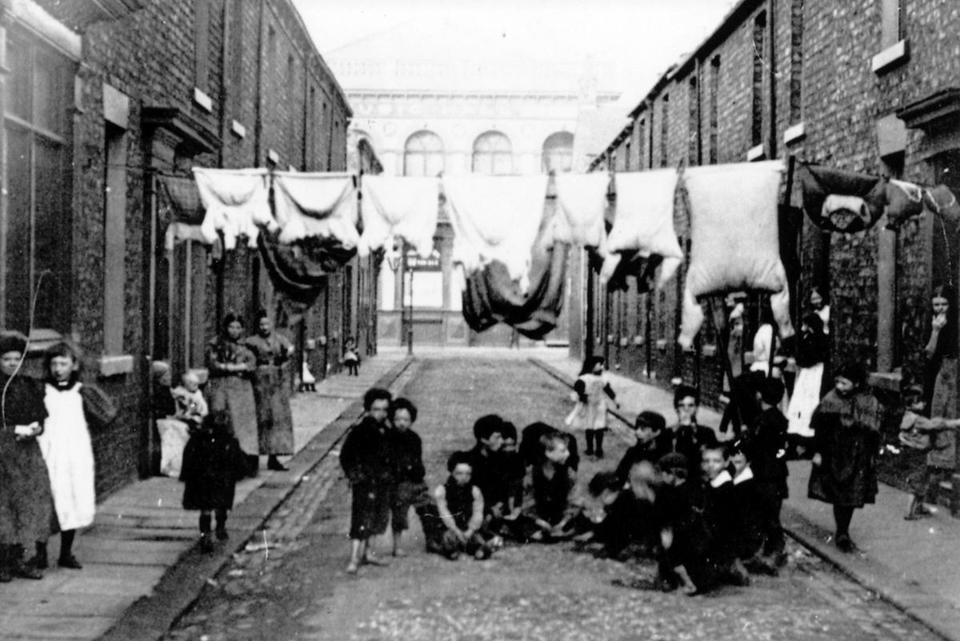
Housing the workers
The influx of workers were housed in rows of terraces within walking distance of the foundries and dockyards. Hastily built, they were often nothing more than crowded slums with poor sanitation and limited amenities. Despite this, they formed tight-knit communities, with pubs, social clubs, and sports teams.
The original early town was centred on a market square, where the first old town hall was built in 1846. Immediately to the south lay the railway line and station of 1877. As Middlesbrough grew, its boundaries quickly expanded south of the railway, leaving the old town somewhat isolated between the railway and river. Gradually the centre of commerce, trade and local government shifted south of the railway. The older, original part of Middlesbrough north of the railway is sometimes known as ‘Over the border’.
In the late 19th century developers bought up much of the farmland around the hamlet of Linthorpe and began to create a suburb of wide tree-lined avenues on which they built individual villas and terraced properties of some decoration and size. A tram service connected this new desirable area (often called New Linthorpe) to the centre of Middlesbrough, where the residents usually held white collar positions. Since then, the area has expanded and been filled in with more residential streets.
Post-war large areas of early and mid-Victorian housing were demolished and much of central Middlesbrough was redeveloped. The expansion southwards, eastwards and westwards continued throughout the 20th century absorbing villages such as Acklam, Ormesby, Marton, and Nunthorpe.
